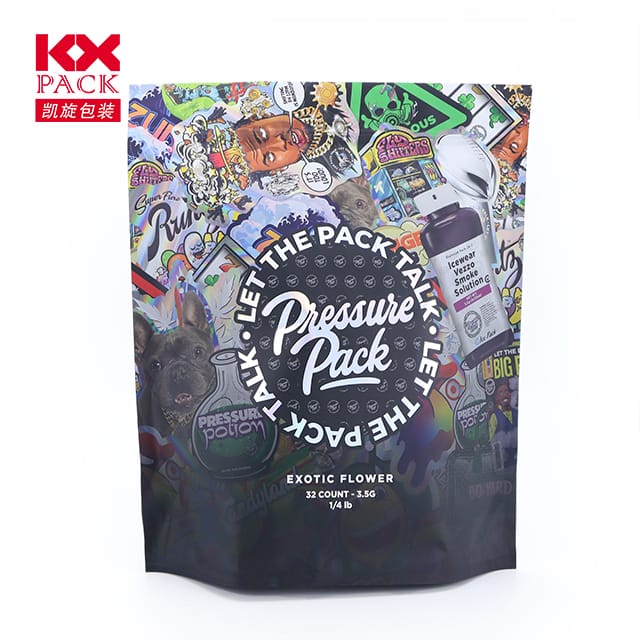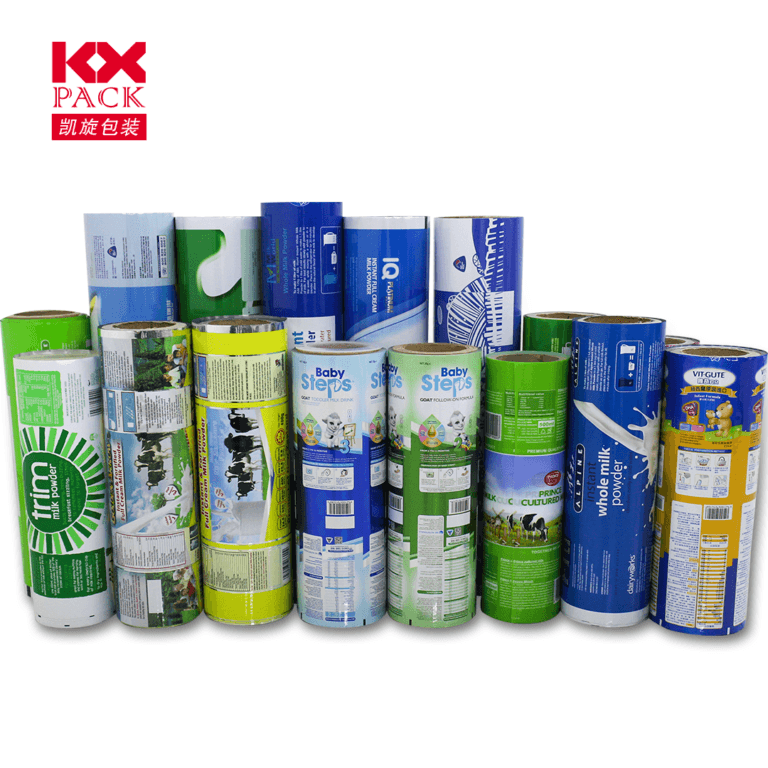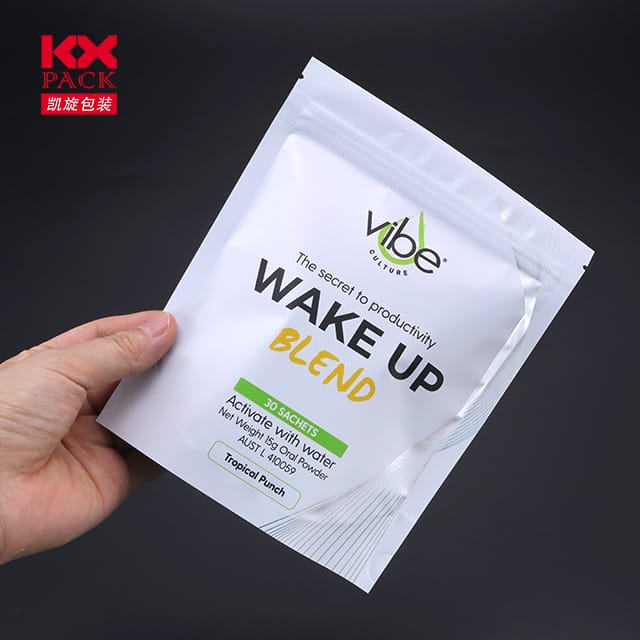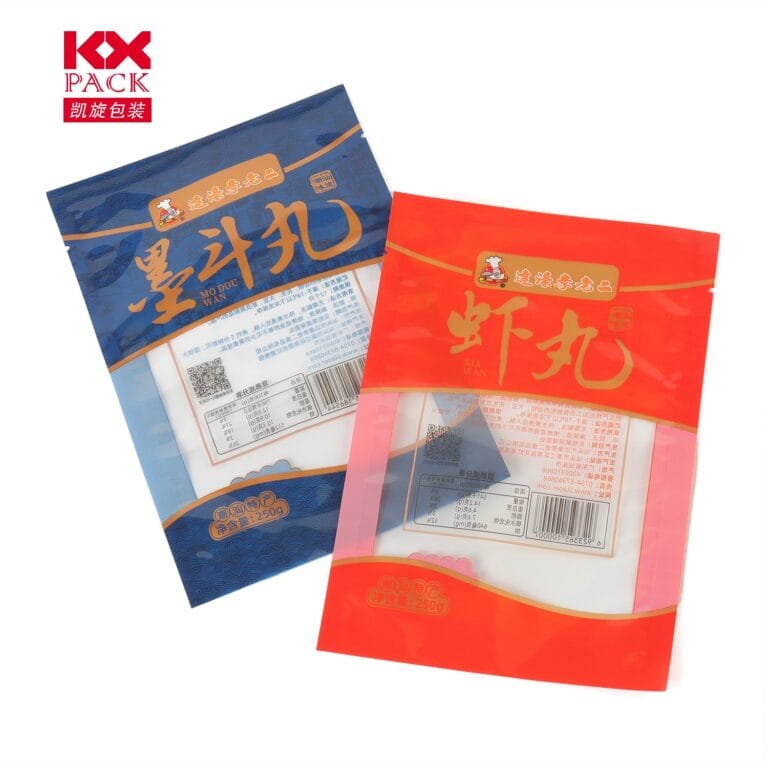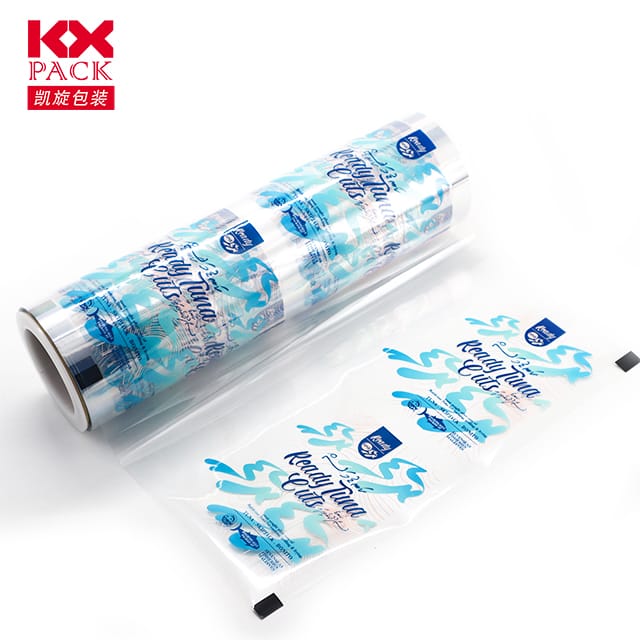A műanyag csomagolási filmek szerepe és innovációja a modern iparban (5 bel
Műanyag csomagolófilmek
In today’s fast-paced consumer world, műanyag csomagolófilmek are ubiquitous yet often overlooked. A friss termékek védelmétől az elektronika megőrzéséig, Ezek vékonyak, A rugalmas anyagok kritikus szerepet játszanak a termékek védelmében, meghosszabbítja az eltarthatóságot, és a hulladék csökkentése. azonban, Ahogy a környezeti aggályok tartják, Az iparág úgy fejlődik, hogy egyensúlyba hozza a funkcionalitást a fenntarthatósággal. Let’s explore the science, alkalmazások, and future of plastic packaging films.
What Are Plastic Packaging Films?
Plastic packaging films are lightweight, versatile materials made from polymers such as polyethylene (PE), polipropilén (PP), polivinil -klorid (PVC), or polyester (HÁZI KEDVENC). They can be transparent or opaque, single-layered or multi-layered, and engineered with additives for specific properties like UV resistance, nedvességgátlási akadályok, or anti-static coatings.
Key characteristics include:
- Rugalmasság: Adapts to irregular shapes (PÉLDÁUL., wrapping fresh meat or confectionery).
- Akadálytulajdonságok: Prevents oxygen, water vapor, or odors from compromising products.
- Költséghatékonyság: Cheaper to produce and transport than rigid packaging.
- Nyomtathatóság: Supports branding with high-quality graphics.
Common Applications Across Industries
- Étel & Ital
- Fresh produce: Stretch films maintain freshness by reducing air exposure.
- Snackek: Laminated films with aluminum layers block light and oxygen to prevent rancidity.
- Ready-to-eat meals: High-barrier films protect against contamination and extend shelf life.
- Gyógyszerkészítmények
- Hólyagcsomagok: Thermoformed films ensure tamper-evidence and precise dosage control.
- Medical devices: Sterile packaging films meet stringent hygiene standards.
- Consumer Goods
- Elektronika: Anti-static films shield delicate components from electrostatic discharge.
- Cosmetics: Multi-layered films combine moisture resistance with luxurious aesthetics.
- Industrial
- Pallet wrapping: Stretch films secure goods during transit, A kár kockázatának csökkentése.
- Építés: Protective films shield surfaces like glass or metal from scratches.
Environmental Challenges and Solutions
While plastic films offer undeniable benefits, their single-use nature has raised alarms about pollution and landfill waste. The industry is responding with innovative solutions:
- Biológiailag lebontható és komposztálható filmek
- Made from plant-based polymers (PÉLDÁUL., polilaktinsav, or PLA), ezek a filmek bizonyos körülmények között természetesen lebomlanak.
- Példa: PLA films used for fresh salads decompose in industrial composting facilities.
- Recycled Content Films
- Használat után újrahasznosított (PCR) materials reduce reliance on virgin plastics.
- Challenges include maintaining performance while incorporating recycled resins.
- Fejlett újrahasznosítási technológiák
- Chemical recycling breaks down plastics into their original monomers for reuse, enabling infinite recycling loops.
- Companies like Eastman and BASF are investing heavily in this space.
- Vékonyabb, Lighter Films
- Down-gauging reduces material use without sacrificing strength.
- Példa: High-performance polyethylene films that are 50% thinner yet stronger than traditional options.
The Future of Plastic Packaging Films
As regulations tighten (PÉLDÁUL., EU’s Single-Use Plastics Directive), Az ipar felé fordulkör alakú gazdasági modellek. Key trends include:
- Intelligens filmek: Embedded sensors monitor food freshness or product integrity in real time.
- Ehető filmek: Made from natural ingredients like starch or proteins, these films eliminate waste entirely.
- Újrafelhasználható rendszerek: Brands like Loop are trialing durable, refillable containers lined with recyclable films.
Fogyasztói tippek: Making Sustainable Choices
- Look for certifications: Opt for films labeled “compostable” (PÉLDÁUL., OK Compost HOME) or “recyclable” (check local facilities).
- Reduce waste: Reuse packaging for storage or crafts before recycling.
- Support brands: Choose companies committed to sustainable packaging innovations.
Következtetés: Egyensúly megteremtése
Plastic packaging films are indispensable in modern supply chains, but their environmental impact demands urgent action. A biológiailag lebontható anyagok ölelésével, recycling innovations, and smarter designs, the industry can protect both products and the planet.
Mi az, amit a műanyag csomagolófilmekről vesz fel? Share your thoughts or questions in the comments below—let’s drive the conversation toward a greener future! 🌍📦
Kulcsszavak: műanyag csomagolófilmek, fenntartható csomagolás, biodegradable films, újrahasznosított tartalom, élelmiszer -csomagolás, industrial films.

